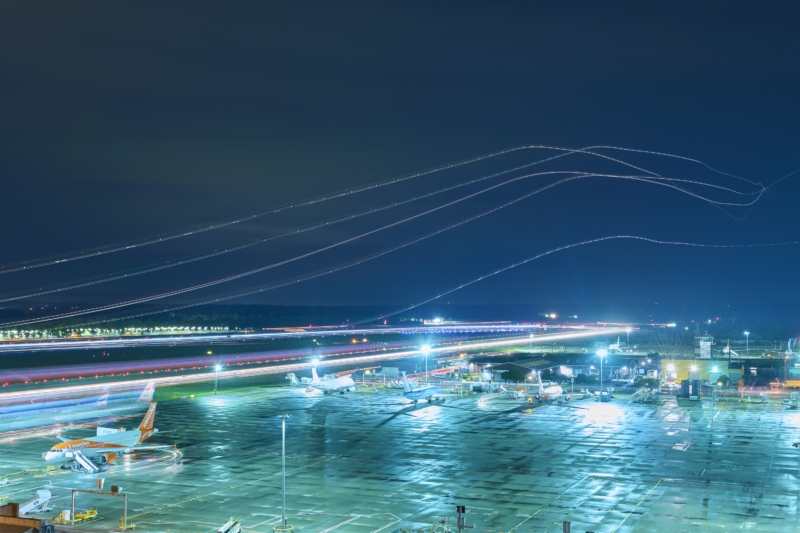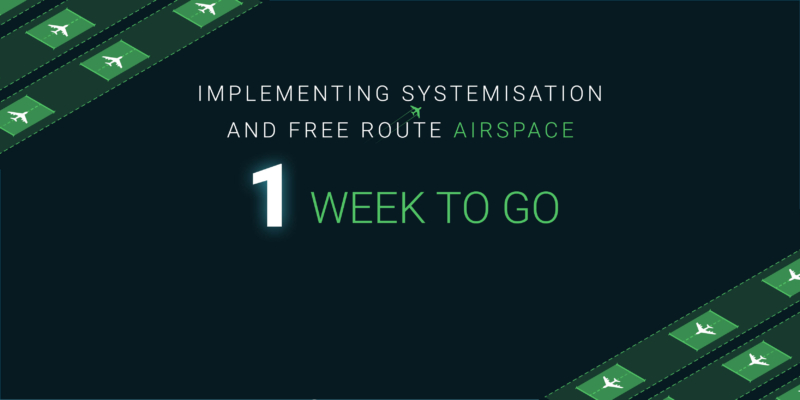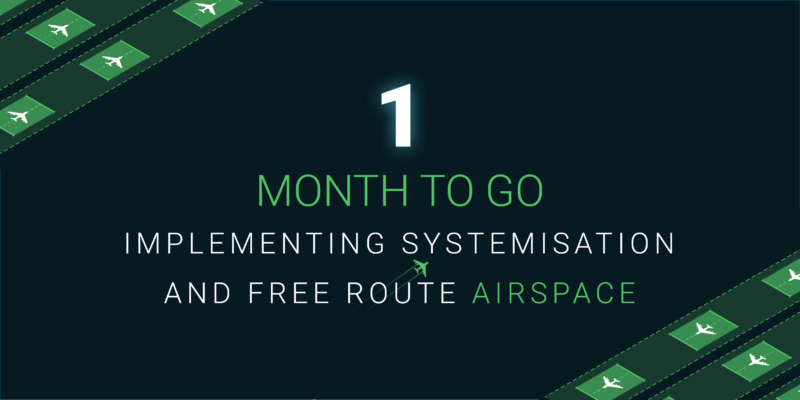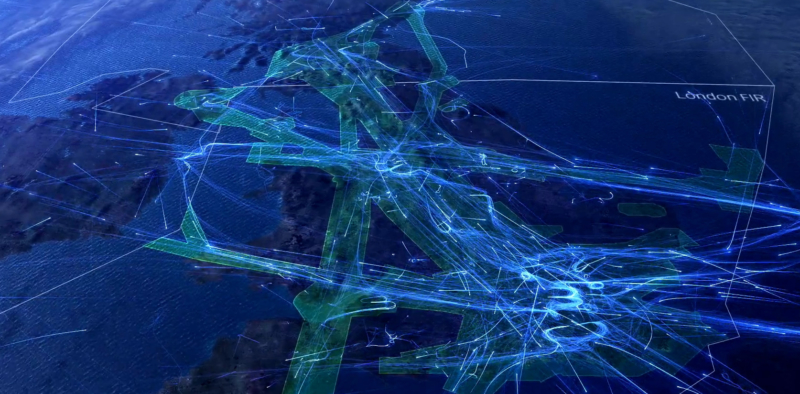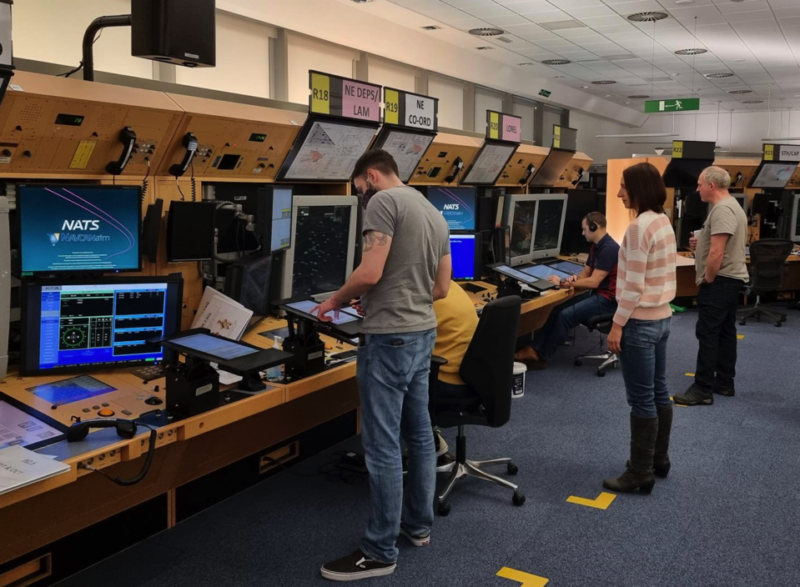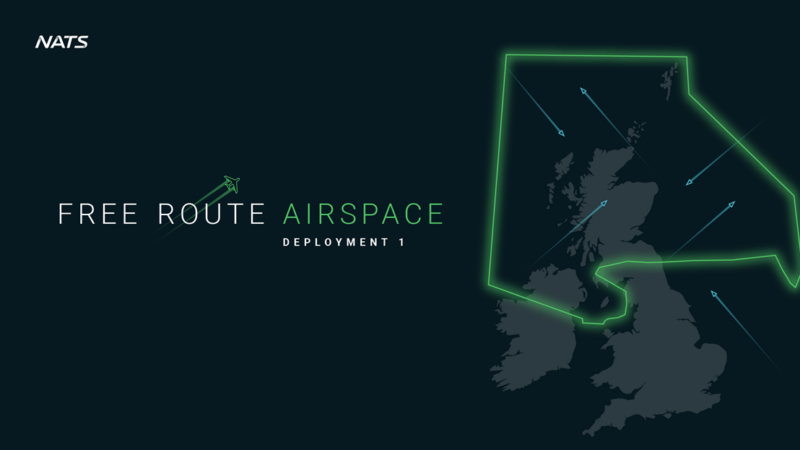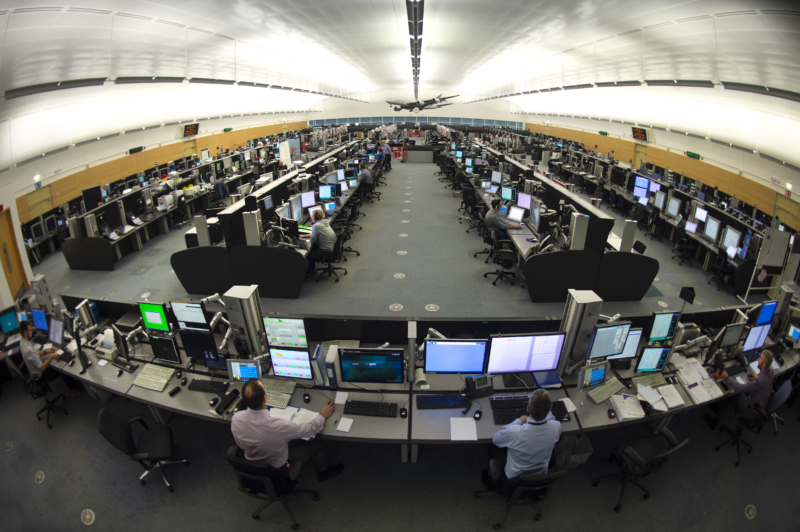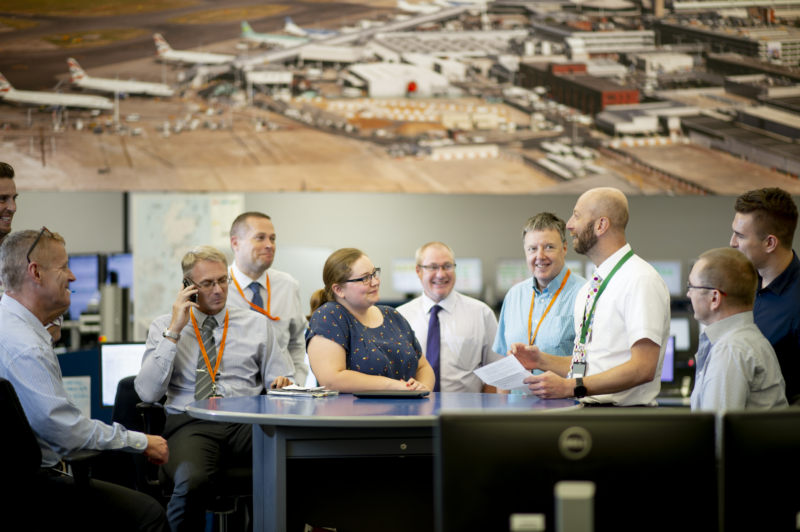Airspace Modernisation
Taking flight: progressing the path to modernise UK airspace
20 February 2024In this blog, Rich Crooks, Manager Airspace Delivery, explains how NATS is progressing the path to modernise UK airspace.
West Airspace Deployment: The “O” Date
16 March 2023With the operational “O” date for West Airspace Deployment (West) only one week away (the day the airspace changes go live), you might be wondering what actually happens on the day.
West Airspace Deployment: Getting ready for implementation
23 February 2023We’re now less than a month away from West Airspace Deployment (West) and we are busy finalising preparations for implementation.
Small changes that are almost perfectly formed
13 December 2022Over the past two years, our Operational Service Enhancement Programme (OSEP) has deployed six tranches of change to airspace across the country, enabling some 30,000 tonnes of CO2 savings annually throughout the European and UK network, equivalent to the emissions from the energy usage of over 8,000 homes.
Pandemic traffic patterns give way to the summer
25 March 2022The Covid pandemic had a huge impact on aviation. Almost overnight the volume of traffic in the UK dropped hugely, by up to 90%. But this also provided an unexpected opportunity to see how we could use the UK’s airspace more efficiently.
Training for change – a human algorithm
27 January 2022We talk often about airspace modernisation and how it’s progressing, but we haven’t talked before about how we prepare our controllers for a new airspace design.
Introducing Free Route Airspace into the UK skies
10 December 2021Last week, on 2nd December 2021, NATS implemented the biggest airspace change ever undertaken in the UK and introduced Free Route Airspace for the first time into UK skies. It’s an exciting milestone in a project which has been underway for over five years and will enable huge fuel, flight time and CO2 savings. But what is Free Route Airspace (FRA) and what does it mean for airlines?
How we manage change in our operation
23 April 2020In a world where aeronautical information changes all the time, it’s important there is a standardised approach to making those changes. One of the management processes that NATS use to make operationally significant changes is ‘AIRAC’. But what is ‘AIRAC’, and why do we use it?
The unsung heroes of change
9 March 2020From time to time, you might hear us talk about airspace changes. But we rarely talk about the work that goes on behind the scenes to deliver the end result. Every change is broken down into elements, all managed by different teams – from safety experts to engineers who work closely to put their individual puzzle pieces together. These teams must ensure they deliver their pieces of the puzzle on time so that projects don’t slip, and airspace changes can always be delivered on the date that has been planned.
On the verge of a revolution
25 February 2020This year marks 100 years since the birth of air traffic control services in the UK – at Croydon Airport in south London. Today, we are on the verge of another revolution in air traffic control.
Quite rightly, there is now huge focus on how we can make flying more environmentally sustainable. People want to fly, and aviation has opened up global markets that nobody imagined 100 years ago. We won’t be turning the clock back – we just have to get smarter at how we fly.
